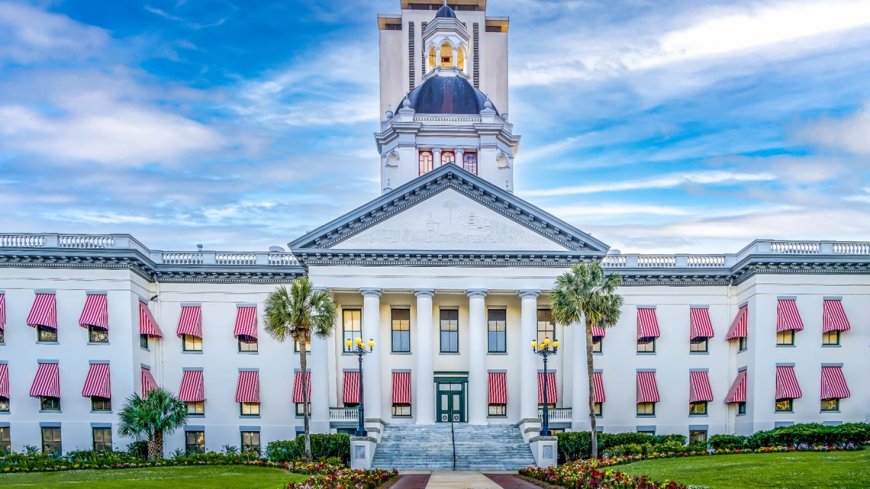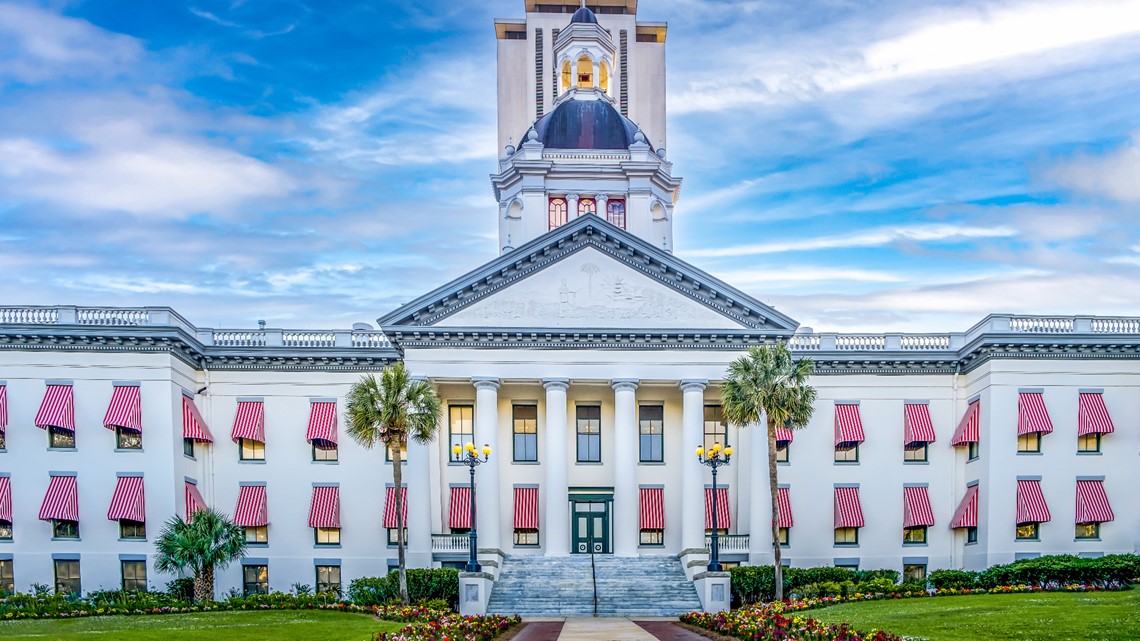Florida Republican introduces bill weakening child labor laws
Florida Republican introduces bill weakening child labor laws WTSP.com

If the bill is passed, 16-to-17-year-olds could end up working overnight shifts, even when school is in session.

If the bill is passed, 16-to-17-year-olds could end up working overnight shifts, even when school is in session.
Introduction
Under Florida law, employers can’t make their underage employees (16 or 17-year-olds) work between 11 p.m. and 6:30 a.m. or for more than eight hours on any day before school. A Florida lawmaker is trying to change that.
The Proposed Bill
Republican Florida Rep. Linda Chaney has filed HB 49, a bill that, if signed into law, could change the current employee age restrictions on the books and allow employers to put minors on overnight shifts and over 30-hour work weeks even when school is in session.
The bill also contains language allowing employers to treat minors as adults under labor laws and forbidding individual counties from enforcing stricter limitations on underage employees.
It would make Florida the latest state to pass major legislation weakening child labor laws after Arkansas, Iowa, New Jersey and New Hampshire.
Labor Shortages
The bill comes at a time when Florida and other U.S. states are reckoning with a labor shortage. While data shows Florida has a higher percentage of its workforce employed than before the pandemic, The U.S. Chamber of Commerce estimates that for every 100 job openings, Florida has 57 workers available.
The Chamber of Commerce suggests the disparity is due at least partly to a lingering effect of the pandemic, the so-called “Great Resignation” where workers either left the industry they were working in or sought jobs with better pay, benefits or remote work options.
In Florida, the shortage has reportedly been exacerbated in certain industries by state laws restricting immigration and migrant labor. Florida also has sky-high levels of inflation and housing costs compared to the national average which, according to an analysis of Census data by the Capitolist, may also be driving low-income workers out of the state.
Conservative Ideology
Looking to fill empty job positions, Republicans and business leaders, many of whom have often derided child labor restrictions as government overreach, have tried to cast child labor as morally valuable for young people.
Child welfare advocates, labor rights groups, and other opponents of child labor have pointed out that loosening restrictions has frequently left young people exposed to dangerous work environments. They also say that expanding child labor can disrupt development and education, encouraging kids to drop out of school.
Sustainable Development Goals (SDGs)
- Goal 4: Quality Education
- Goal 8: Decent Work and Economic Growth
- Goal 10: Reduced Inequalities
Conclusion
If HB 49 is passed, Florida would begin loosening its child labor restrictions starting in July 2024. The bill is expected to be discussed in committee before being introduced in the next legislative session.
SDGs, Targets, and Indicators Analysis
1. Which SDGs are addressed or connected to the issues highlighted in the article?
- SDG 8: Decent Work and Economic Growth
- SDG 4: Quality Education
The issues highlighted in the article are connected to SDG 8 as they involve changes to child labor laws and labor shortages. They are also connected to SDG 4 as the potential changes in child labor laws may disrupt education and encourage students to drop out of school.
2. What specific targets under those SDGs can be identified based on the article’s content?
- Target 8.7: Take immediate and effective measures to eradicate forced labor, end modern slavery and human trafficking, and secure the prohibition and elimination of the worst forms of child labor.
- Target 4.1: By 2030, ensure that all girls and boys complete free, equitable, and quality primary and secondary education leading to relevant and effective learning outcomes.
The article’s content highlights the potential changes in child labor laws, which could weaken existing restrictions and potentially lead to an increase in child labor. This is directly related to Target 8.7 of SDG 8. Additionally, the potential disruption of education due to expanded child labor is connected to Target 4.1 of SDG 4.
3. Are there any indicators mentioned or implied in the article that can be used to measure progress towards the identified targets?
- Indicator for Target 8.7: Proportion and number of children aged 5-17 years engaged in child labor, by sex and age group.
- Indicator for Target 4.1: Net enrollment rate in primary education, by sex.
The article does not explicitly mention any indicators. However, to measure progress towards Target 8.7, the proportion and number of children engaged in child labor can be monitored. Similarly, to measure progress towards Target 4.1, the net enrollment rate in primary education can be tracked.
4. Table: SDGs, Targets, and Indicators
| SDGs | Targets | Indicators |
|---|---|---|
| SDG 8: Decent Work and Economic Growth | Target 8.7: Take immediate and effective measures to eradicate forced labor, end modern slavery and human trafficking, and secure the prohibition and elimination of the worst forms of child labor. | Proportion and number of children aged 5-17 years engaged in child labor, by sex and age group. |
| SDG 4: Quality Education | Target 4.1: By 2030, ensure that all girls and boys complete free, equitable, and quality primary and secondary education leading to relevant and effective learning outcomes. | Net enrollment rate in primary education, by sex. |
Behold! This splendid article springs forth from the wellspring of knowledge, shaped by a wondrous proprietary AI technology that delved into a vast ocean of data, illuminating the path towards the Sustainable Development Goals. Remember that all rights are reserved by SDG Investors LLC, empowering us to champion progress together.
Source: wtsp.com

Join us, as fellow seekers of change, on a transformative journey at https://sdgtalks.ai/welcome, where you can become a member and actively contribute to shaping a brighter future.







